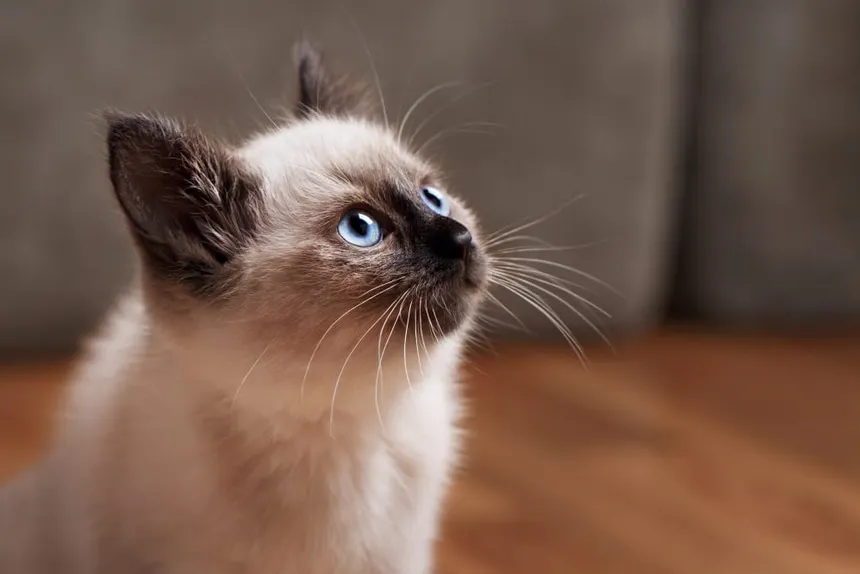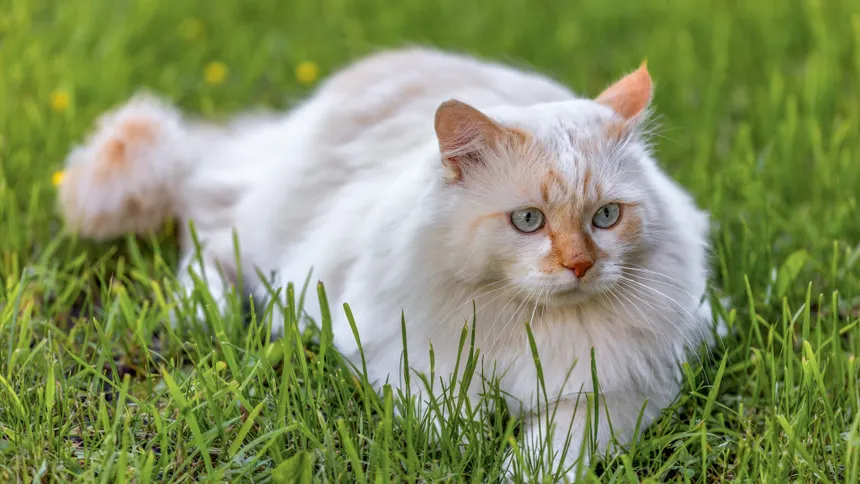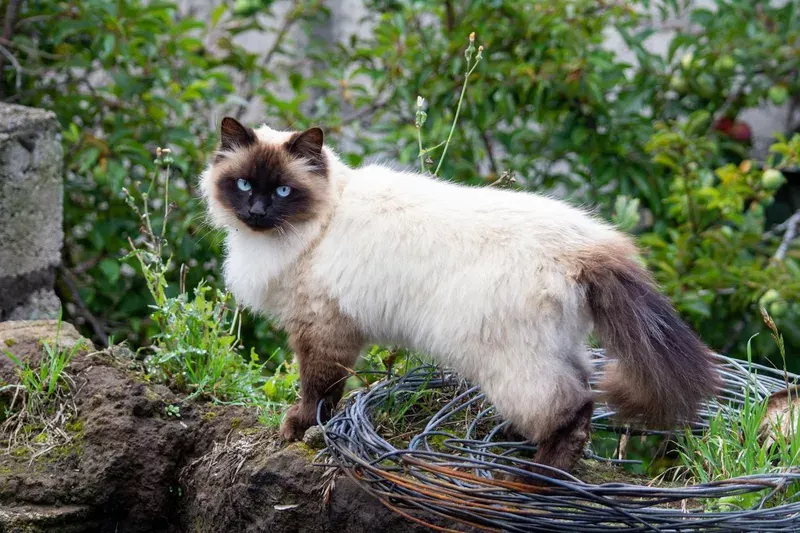“Longest-Living Cat Breeds”

When adopting a feline companion, longevity is often a key concern for pet lovers. While cats are known for their mysterious grace and independence, some breeds are particularly renowned for their exceptionally long lifespans. On average, domestic cats live between 12 to 15 years, but certain breeds can easily surpass 18–20 years with proper care. So, which cat breed lives the longest? Let’s explore the front-runners in feline longevity, the factors that contribute to their lifespan, and how to ensure your cat lives a healthy, happy life.
Top Cat Breeds Known for Long Lives
1. Burmese
- Average lifespan: 16–18 years; some live past 20.
- Burmese cats are playful, affectionate, and hardy. Their robust genetic makeup and social nature contribute to their longevity.
2. Siamese
- Average lifespan: 15–20 years.
- Highly vocal and intelligent, Siamese cats are known for forming deep bonds with their owners. Many live well into their twenties with good care.
3. Ragdoll
- Average lifespan: 15–17 years.
- Calm and cuddly, Ragdolls are one of the most docile breeds. Despite their relaxed temperament, they’re resilient and can live long, healthy lives.
4. Balinese
- Average lifespan: 18–22 years.
- Sometimes called the “long-haired Siamese,” the Balinese is graceful, elegant, and energetic. They have one of the longest lifespans of any cat breed.
5. Russian Blue
- Average lifespan: 15–20 years.
- This shy but loving breed is not only known for its shimmering blue-gray coat but also for its longevity and low incidence of genetic disorders.
6. Sphynx
- Average lifespan: 14–17 years.
- Despite lacking fur, Sphynx cats are incredibly healthy and robust. Their high metabolism and need for regular care often lead to better health monitoring, extending their lives.
7. Savannah Cat
- Average lifespan: 17–20 years.
- A hybrid breed with wild ancestry, Savannahs are energetic and intelligent. Their long lives require active lifestyles and enriched environments.
8. Manx
- Average lifespan: 14–16 years.
- Known for their taillessness, Manx cats are solid, muscular, and generally free of major genetic issues, contributing to a relatively long lifespan.

What Helps Cats Live Longer? Key Factors Explained
Even within breeds, lifespan varies based on:
1. Genetics
- Purebred cats with well-managed lineage are less likely to suffer from hereditary conditions. Mixed-breed cats (domestic shorthair or longhair) often benefit from genetic diversity, reducing risk of inherited diseases.
2. Indoor vs. Outdoor Living
- Indoor cats typically live longer than outdoor cats, often by 5–10 years. Indoors, they are less exposed to accidents, predators, diseases, and environmental toxins.
3. Diet and Nutrition
- A balanced, species-appropriate diet rich in protein and low in fillers helps prevent obesity, diabetes, and kidney disease — key threats to feline longevity.
4. Regular Vet Care
- Annual check-ups, vaccinations, dental care, and early detection of illness can extend a cat’s life by several years.
5. Mental & Physical Stimulation
- Boredom can lead to depression or overeating. Enrichment such as interactive toys, climbing spaces, and playtime boosts physical and emotional well-being.
Record-Breakers: The Oldest Cats Ever Recorded
- Creme Puff (Texas, USA) – A domestic cat who lived 38 years and holds the Guinness World Record for the longest-lived cat.
- Scooter (Siamese) – Reached 30 years.
- While these ages are extraordinary, they show that with exceptional care, cats can live well beyond their expected lifespan.

Conclusion: Choosing a Long-Lived Feline Companion
If longevity is a priority, breeds like Balinese, Siamese, Burmese, and Russian Blue are excellent choices. However, a cat’s health ultimately depends on the care you provide. Whether purebred or a rescue, a well-loved, well-cared-for cat can be your companion for many joyful years.



